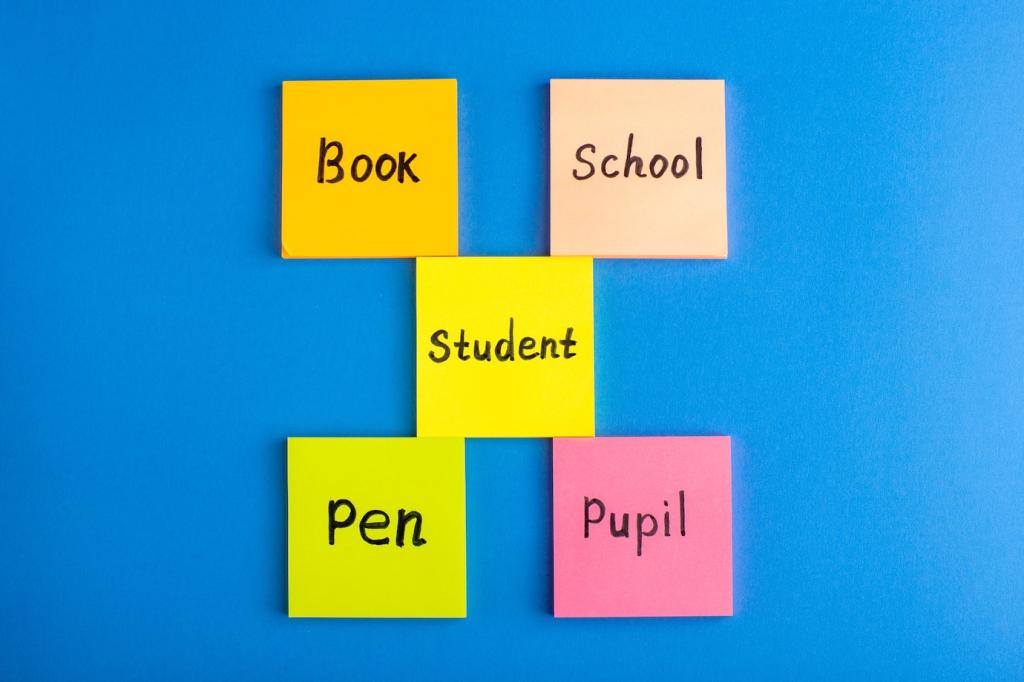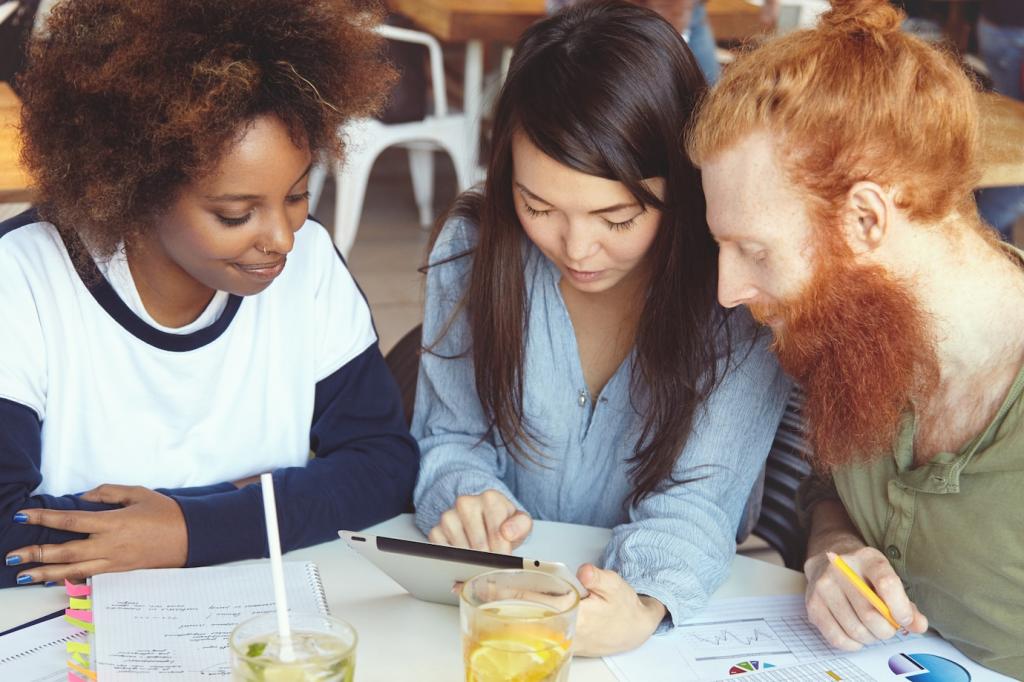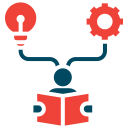Why Bilingual Education Changes Lives
Chosen theme: Benefits of Bilingual Education. Discover how learning in two languages sharpens thinking, strengthens identity, and opens opportunities. Stay with us, share your experiences, and subscribe for practical ideas that make bilingual learning thrive at home and school.

Sharper Minds: The Cognitive Edge of Two Languages
Students navigating two languages practice mental switching and inhibition daily. This constant workout strengthens executive function, helping them filter distractions, prioritize tasks, and adapt to new rules quickly. Tell us: where do you notice this flexibility most?
Sharper Minds: The Cognitive Edge of Two Languages
Bilingual learning reinforces working memory through repeated retrieval across languages. As learners map concepts in two codes, they build deeper mental anchors, improving attention span and recall in reading, math, and complex, multistep assignments across subjects.
Sharper Minds: The Cognitive Edge of Two Languages
Research links bilingualism with cognitive reserve, potentially delaying age-related decline. The habits formed in school—switching languages, monitoring meaning, and self-correcting—become protective practices for lifelong mental agility. Share your family’s long-term goals below.
Academic Gains That Go Beyond Language Class
Reading Comprehension, Doubled
Metalinguistic awareness—thinking about language itself—helps bilingual students decode, infer, and summarize more effectively. Strategies learned in one language, like recognizing text structures, transfer to the other and reinforce close reading and critical analysis.
Math and Science Reasoning
Bilingual students learn to interpret academic vocabulary precisely in two languages, strengthening conceptual understanding. This clarity supports problem framing, hypothesis testing, and explaining reasoning—skills teachers love to see in math journals and lab reports.
Writing With Voice and Structure
Comparing sentence patterns and cohesion devices across languages teaches students to vary tone, structure arguments, and use transitions thoughtfully. Invite your learners to publish bilingual reflections; ask readers to comment with their favorite cross-language writing tips.
Empathy, Identity, and Belonging
Perspective-Taking Through Story
When students discuss the same narrative in two languages, they surface nuances otherwise missed. Vocabulary choices reveal cultural values, and dialogue invites empathy. Try it: discuss a folk tale at home in both languages and share your insights below.


Practical Strategies That Make Bilingual Programs Work
Dual-language, one-way immersion, and two-way immersion each serve different communities. Align the model to demographics, goals, and staffing realities. Ask your district for transparent language-allocation plans and share your questions here for community feedback.
Start Today: Your Bilingual Education Action Plan
Visit classrooms, ask about language allocation, teacher preparation, and literacy pathways. Define personal goals—conversation at dinner, reading time, or subject mastery. Comment with your top three priorities to receive a tailored checklist.
Start Today: Your Bilingual Education Action Plan
Podcast walks, bilingual board games, and family cooking with recipe swaps turn practice into play. Rotate activities to keep curiosity alive and celebrate milestones publicly. Tag us with your favorite routine so others can learn from your success.


